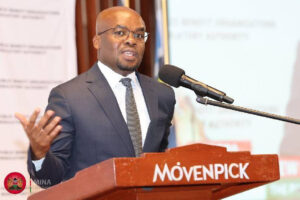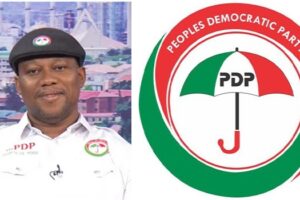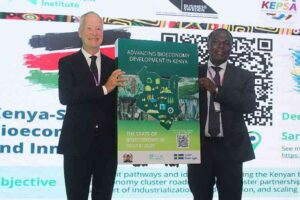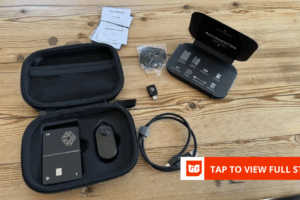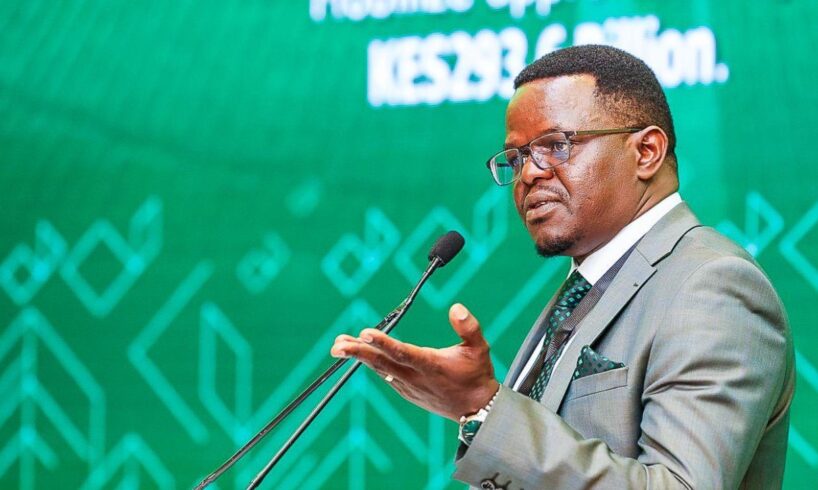
NAIROBI, Kenya, Oct 26 — The government has assured Kenyans that the Rironi–Nakuru–Mau Summit Highway will remain under full state ownership, even as it is developed through a Public Private Partnership (PPP), emphasizing that tolling will be tightly regulated to safeguard public interest, maintain quality standards, and ensure long-term infrastructure sustainability.
In a statement released on Sunday, the Directorate of Public Private Partnerships (PPP) sought to clarify growing public concern over the involvement of the China Road and Bridge Corporation (CRBC) and the National Social Security Fund (NSSF), insisting the partnership is purely a financing mechanism, not a transfer of ownership.
PPP Director-General Eng. Kefa Seda said the project had been widely misunderstood and stressed that it does not amount to privatization of the crucial Northern Corridor route.
“This highway is a strategic national asset and remains under the full ownership and jurisdiction of the Government of Kenya,” Eng. Seda stated.
“What we are implementing is a globally recognized model where the private sector finances and maintains infrastructure for a defined period, but ultimate control, regulation, and policy direction remain firmly with the State.”
Fiscal considerations
The Directorate explained that Kenya’s constrained fiscal environment has necessitated the adoption of PPPs to finance major infrastructure projects without overburdening taxpayers or expanding public debt.
Kenya’s debt-to-GDP ratio, which peaked at 78 percent in recent years, now stands at about 64 percent following fiscal consolidation measures.
The National Treasury aims to further reduce it to 55 per cent by 2028, but limited fiscal space has restricted new borrowing for development.
“The road sector alone requires KSh4 trillion over the next decade — KSh1 trillion for maintenance and KSh3 trillion for new development,” Eng. Seda noted.
“The choice is not between PPP and public ownership. The choice is between having a road now under a sustainable financing model or having no road at all due to fiscal constraints.”
Under the adopted model, the private partner will design, build, finance, operate, and maintain the road for a 30-year concession period, recovering costs through state-approved tolls while bearing construction and operational risks.
Tolling policy and user protection
According to the draft National Tolling Policy 2025, toll fees collected from road users will be ring-fenced for the same corridor, ensuring revenues are reinvested in maintenance, safety patrols, lighting, and emergency response.
The framework also includes a revenue-sharing clause, requiring that any earnings above projected traffic levels revert to the government for reinvestment in other national road projects.
“Tolling is not a tax; it is a user-pay mechanism,” Eng. Seda explained.
“Every shilling collected will go back into making the journey safer, faster, and more predictable. This is how modern economies sustain infrastructure without overburdening taxpayers.”
The Directorate added that exemptions and preferential rates will apply to emergency and security vehicles as well as local residents living along the corridor to ensure equity and continued accessibility.
Govt oversight
The PPP Directorate underscored that the National Treasury, State Department for Roads, and Kenya National Highways Authority (KeNHA) will jointly oversee the project, with the government retaining step-in rights in case of non-performance by the concessionaire.
“If the private operator fails to meet agreed standards, the State has the legal authority to intervene and ensure uninterrupted service,” Seda said.
He further noted that while the PPP Committee has authorized KeNHA to negotiate with the preferred bidder, no final award has been made.
All details—including toll rates, concession terms, and revenue-sharing structures—will be disclosed publicly once negotiations conclude, in line with the PPP Act, 2021.
“Nothing will be done in secrecy. Once a final agreement is reached, it will be fully disclosed and subjected to parliamentary and public oversight,” the PPP Director-General affirmed.
The Rironi–Nakuru–Mau Summit Highway, which carries nearly 40 percent of Kenya’s trade traffic, is a vital link between Nairobi, the Rift Valley, Western Kenya, and the Great Lakes region.
Upgrading the highway, the PPP Directorate said, will significantly reduce travel times, lower accident rates, and enhance Kenya’s competitiveness in regional trade.
“This is not just a road project—it is a strategic economic intervention,” Eng. Seda emphasized.
“It supports our national growth agenda, strengthens trade logistics, and fulfills our obligation to protect lives along one of the busiest highways in East Africa.”

